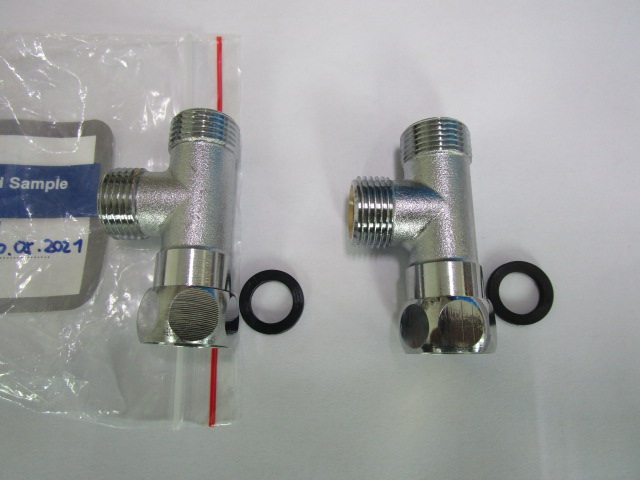
Before electrical appliances are shipped to retailers or customers, buyer can request a third-party inspection company to conduct various inspection to ensure their quality, functionality, and compliance with industry standards. In this article, we will provide a detailed overview of the testing procedures carried out during inspection of electrical appliances.
Contents
1.Functional Testing:
Functional testing is performed to verify that the electrical appliances operate as intended and meet the required performance standards. The following tests are commonly conducted:
- Power On/Off Test: This test ensures that the appliance powers on and off correctly and that all control buttons and switches function properly.
- Mode and Setting Test: Appliances with multiple modes or settings undergo testing to ensure that each mode operates as intended and that the settings can be adjusted accurately.
- Timer and Delay Test: If the appliance includes timer or delay functions, these features are tested to ensure that they work accurately and reliably.
- Performance Verification: Performance parameters, such as temperature, speed, or output, are measured and compared against specified requirements to ensure that the appliance meets the desired performance standards.
2.Safety Testing:
Safety testing is essential to ensure that the electrical appliances are safe for use and comply with safety regulations. The following tests are commonly performed:
- Insulation Resistance Test: This test measures the insulation resistance of the appliance to verify that it meets the required safety standards and does not pose a risk of electrical shock.
- Grounding Test: The grounding test ensures that the appliance’s grounding system is effective and properly connected. It helps prevent electric shock hazards and ensures user safety.
- Leakage Current Test: This test measures the leakage current from the appliance to ensure that it falls within safe limits and complies with safety regulations.
- Overload and Short Circuit Protection Test: Appliances equipped with overload or short circuit protection features are tested to ensure that these safety mechanisms work effectively.
3.Packaging Integrity Testing:
Packaging integrity testing ensures that the electrical appliances are properly protected during transportation and will arrive at their destination in good condition. The following tests are commonly conducted:
- Drop and Impact Test: This test involves subjecting packaged appliances to simulated drops and impacts to evaluate the packaging’s ability to protect the product. It helps identify any weaknesses in the packaging design.
- Compression Test: Appliances undergo compression testing to assess the strength and durability of the packaging. It simulates the pressure exerted during stacking and transportation to ensure that the packaging can withstand such forces.
- Vibration Test: Vibration testing is performed to evaluate the packaging’s ability to withstand vibrations during transportation. It helps ensure that the appliances are adequately protected and that internal components remain secure.
4.Labeling and Documentation Verification:
Labeling and documentation verification ensure that the appliances are correctly labeled and accompanied by the necessary documentation. The following aspects are typically checked:
- Compliance Labels: Labels indicating compliance with safety standards, energy efficiency, and other regulatory requirements are verified to ensure accuracy and adherence to regulations.
- User Manuals and Instructions: The presence and accuracy of user manuals and instructions are verified to ensure that customers receive the necessary information for safe and proper use of the appliance.
- Product Information: The accuracy of product information, including model numbers, specifications, and ratings, is verified to ensure that customers receive the correct appliances with the specified features.
Conclusion:
Pre-shipment testing of electrical appliances is a crucial step in ensuring their quality, safety, and compliance with industry standards. Functional testing verifies the appliances’ performance and functionality, while safety testing ensures that they meet safety requirements. Packaging integrity testing helps protect the appliances during transportation, and labeling and documentation verification ensures accurate information and compliance with regulations. By conducting these comprehensive tests, manufacturers can ensure that the electrical appliances are in optimal condition and meet customer expectations when they arrive at their destination.




